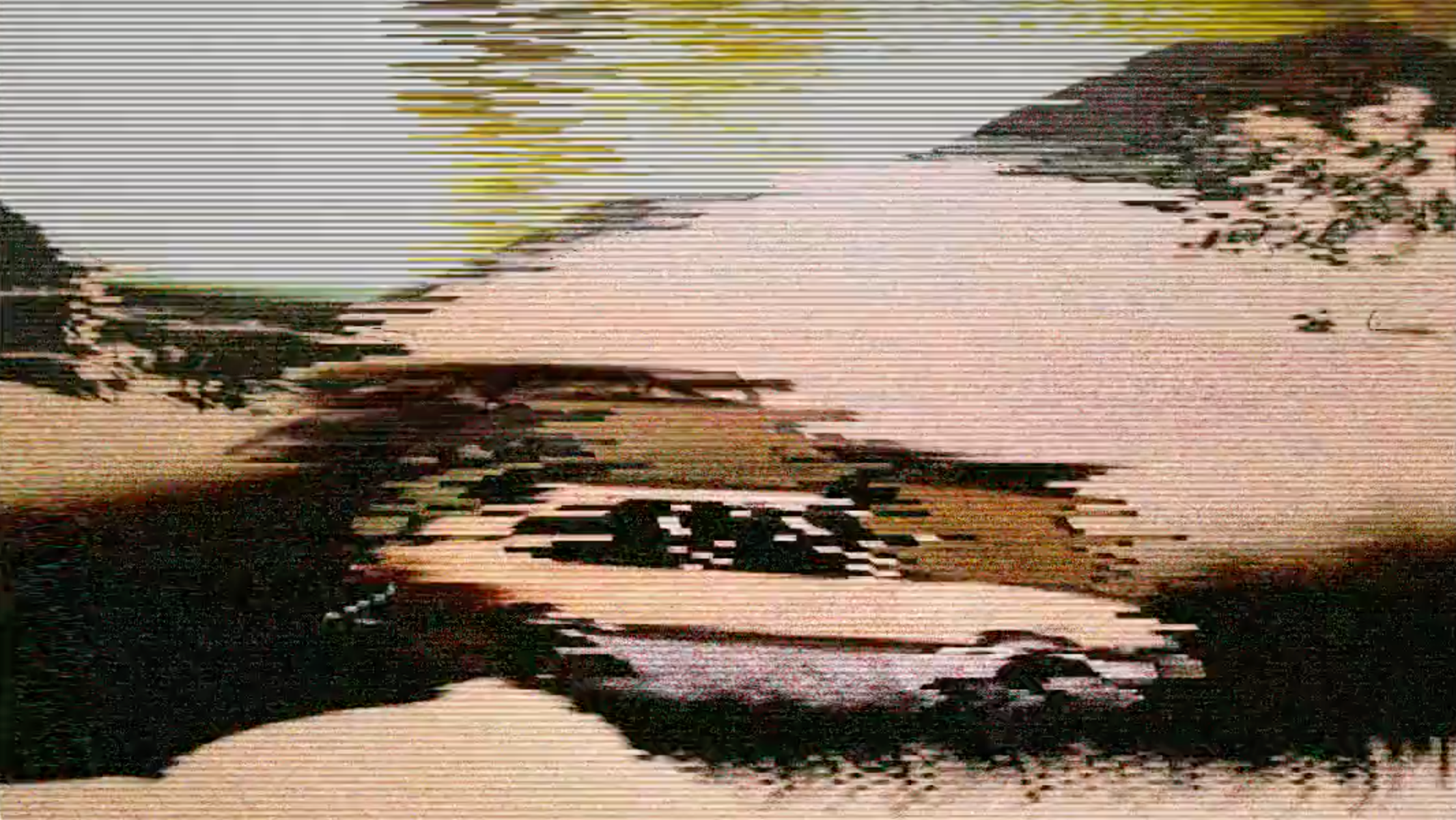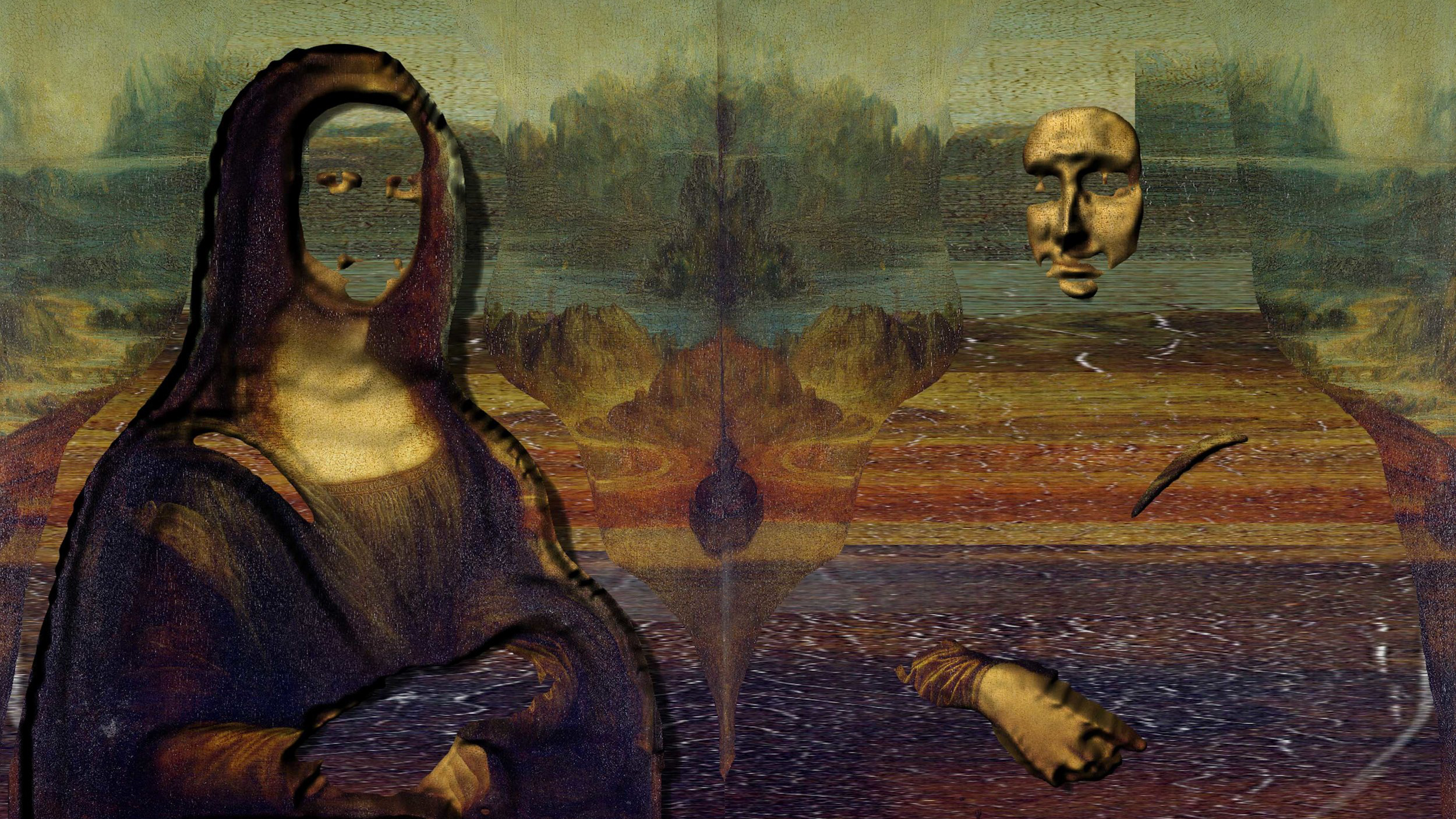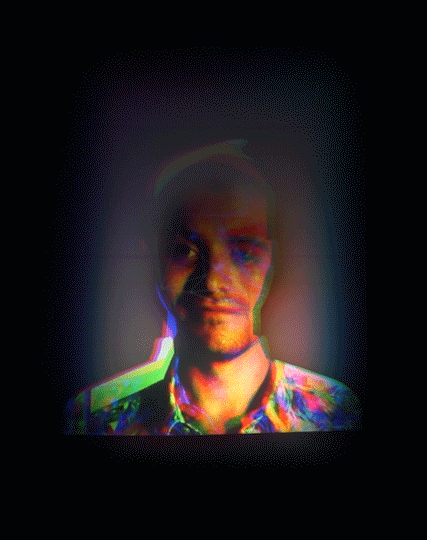

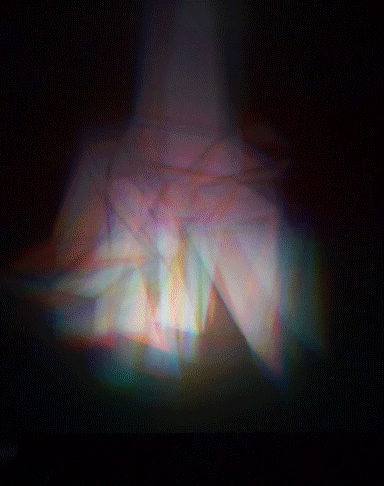
This project explores ideas around “Postdigitalism,” which can be loosely understood as a movement that questions digital environments in conjunction with our ideas of ‘being human’ (read more in the essay “Considering Postdigitalism through Corporeality & Aesthetica”). Two studies, “To Know Someone” and “They’re Not Pictures, but Realities” exist in reflection of these concepts. This is achieved by incorporating experimental video methods that use old film methods while using current technology to create new viewing experiences, as well as also considering the corporeality of a digital experience and utilizing a shallow understanding of digital visual language.
These two studies look backwards before they look forwards: each process looks to early 20th century film techniques that were invented in a quest to create “natural color” in black and white films at a time in which colour film stock was yet to be created. The Gaumont Chronochrome additive 3 colour system and Kinemacolor additive 2 colour film system both serve as basis for these studies. Through re-imagining these systems, images are divided and merged, colour is added and subtracted, the invisible is made visible, while ideas of analog and computational technologies are merged.
The installation of these two studies position themselves between the digital and physical worlds as they consider the viewer’s physical experience in many different ways. These studies take video input that is stagnant, existing only on a computer, and attempt to situate them in the “real” world to be converted and consumed in multiple stages. Through these processes, new content appears such as residual light or reflected images. As well, the hanging screens and set-up allows spectators to walk around and access the work from multiple angles.
The final way in which these studies consider Postdigitalism is through the use of digital aesthetics. Digital visual language such as the facebook profile image, facial tracking systems, 3D polygon rendering, the glitch and failure of computational technologies are explored all while placing these aesthetics in conjunction with re-imagined film methods. This recontextualization of a visual language and technology ideally creates a discordance with one’s understanding of and relationship to the digital realm.
Through these transformations and considerations, it is hoped that the viewer becomes aware of a new experience that is beyond computation.
1. TO KNOW SOMEONE



2. They are Not Pictures, But Realities
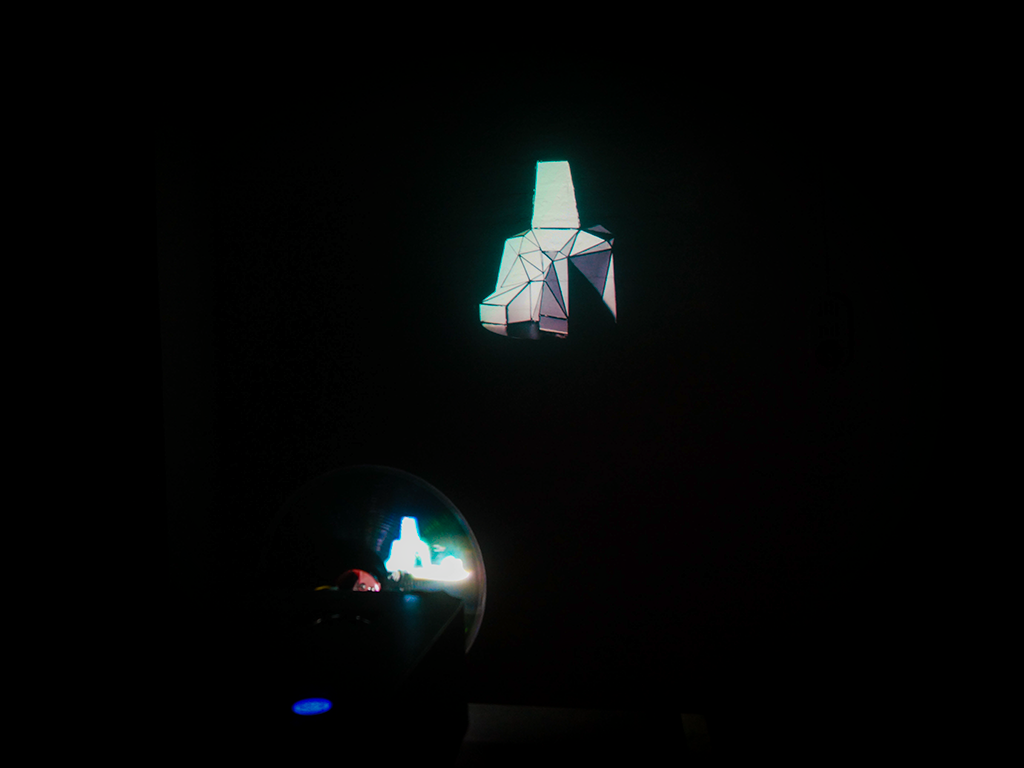

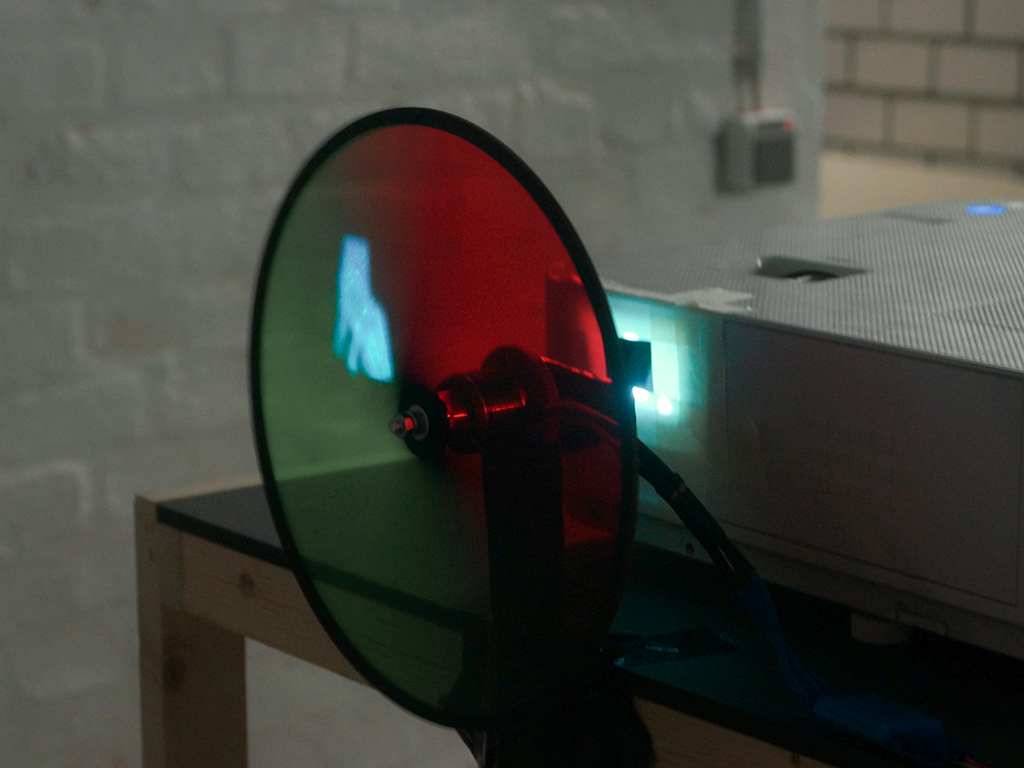
Eternal gratitude to Edi Paal for his help, to Yves Sanwidi for lending me his face and emotions for the video “To Know Someone,” and to Nina Juric for her guidance.
The written material has not been peer reviewed, edited or thoroughly discussed by other parties. Edits, comments, or suggestions would be greatly appreciated. Please email to ashley.g.ohman@gmail.com .
All images and text, unless otherwise noted, belong to and were created by Ashley Ohman 2018 at the Köln International School of Design (KISD).





